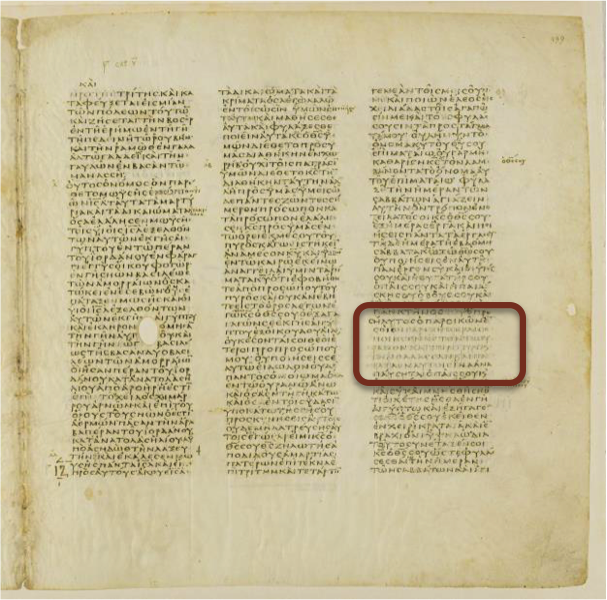by hadassah | Nov 27, 2008 | Byzantine Period
GlassVessel Decorated with Crosses Mold-blown glass vessel, decorated with crosses, which may have been used for oil for the Christian holy sites in Jerusalem.
by hadassah | Nov 27, 2008 | Byzantine Period
Eudocia Inscription Eudocia Inscription in situ Eudocia was the wife of the Byzantine emperor Theodosius II (408 A.D.–450 A.D.). She lived in Jerusalem. Written in Greek on a large marble slab embedded in the floor of the Hall of the Fountains, the Eudocia inscription...
by hadassah | Nov 25, 2008 | Byzantine Period
Horvat Bata Cross The cross on the hillock of Golgotha, relief on a chancel screen from the church at Horvat Bata in Carmiel, 6th century CE. Israeli, Yael and David Mevorah, eds. Cradle of Christianity, Exhibition Catalogue. Jerusalem- The Israel Museum,...
by hadassah | Nov 23, 2008 | Byzantine Period
Coin of Constantine “Constantine The Great” is inscribed in Latin on this half-dollar-size silver coin struck to celebrate the founding of Constantinople. On May 11, 330 CE, Constantine presided over a ceremony in which the city’s name was changed from Byzantium to...

by hadassah | Nov 23, 2008 | Byzantine Period
Codex Vaticanus, 350 CE The Codex Vaticanus is one of the oldest versions (4th century CE) of the Greek Bible, containing an almost complete copy of the Septuagint (a Jewish translation of the Bible into Greek). It is missing the book of Genesis. The New...
by hadassah | Nov 20, 2008 | Byzantine Period
Photo by Ardon Bar Hama. Constantine’s mother Helena had met bishop Macarius of Jerusalem by chance at convocation of the first ecumenical council of the Christian Church convened by Constantine at Nicaea (in today’s Turkey) and was much moved by his words. The bishop...
